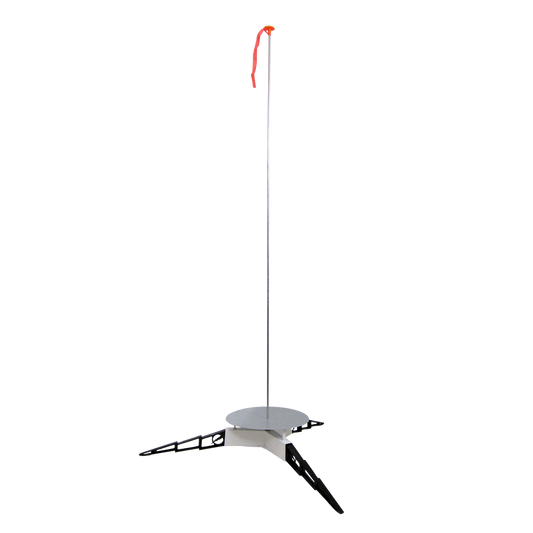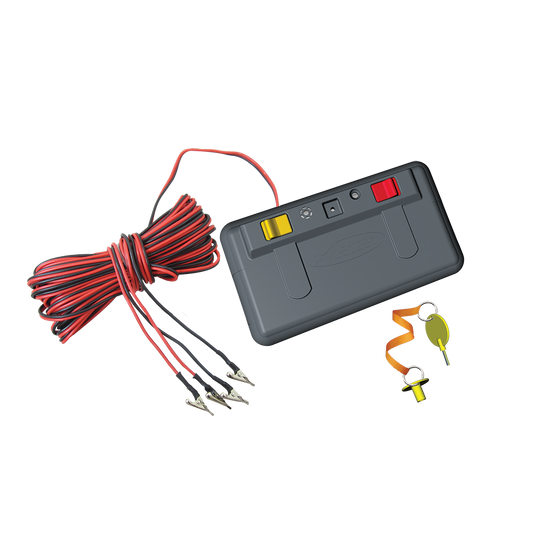Before the legendary Saturn V made its mark on history, the Saturn 1B played a vital role in paving the way for lunar exploration. Acting as a test platform for Apollo spacecraft and hardware, the Saturn 1B carried the first flight-ready Apollo Command and Service Modules and supported missions in Earth orbit. It also became the launch vehicle for NASA's Skylab program, helping transition America’s space program from lunar exploration to extended orbital missions.
Designed for Educational Engagement
The Estes Saturn 1B SA-206 offers a compelling way to explore this pivotal chapter in aerospace history. Modeled after the rocket that launched the first Skylab crew in 1973, this 1:100 scale replica features high-fidelity detailing throughout—from the Launch Escape System at the top of the Apollo spacecraft stack to the removable H-1 engine nozzles at the base. Students can examine rocket architecture up close while learning about propulsion, vehicle staging, and the evolution of human spaceflight.
Engineering Accuracy Meets Model Building
This Master-Level kit is ideal for classrooms or clubs with intermediate to advanced builders. Textured body wraps, injection molded parts, and accurate surface detailing create an authentic look and feel. The cylindrical tank design—based on forms used in the Redstone missile program—lets students compare real-world design adaptations while understanding how modular components contributed to the Saturn 1B's success.
Launch Capable with Dual Recovery
Not just a static display piece, the Saturn 1B can take to the skies with recommended Estes engines. Students and educators can conduct launch demonstrations using the clear fin unit and enjoy a smooth recovery under two colorful parachutes. It’s an ideal project for rocketry units, engineering courses, or enrichment activities that combine creativity with hands-on application.
An Iconic Addition to STEM Programs
Whether used as a teaching tool, project centerpiece, or display model, the Estes Saturn 1B SA-206 connects learners to a formative era in space exploration. Inspire curiosity, spark discussion, and reinforce key concepts across science and history curriculum with this detailed tribute to NASA’s engineering legacy.







